The Ultimate Guide To Companion Planting Tomatoes
The Ultimate Guide to Companion Planting Tomatoes
Tomatoes are a popular vegetable that can be grown in most gardens. They are relatively easy to care for, but there are a few things you can do to improve their growth and yield. One of these things is companion planting.
Companion planting is the practice of planting certain crops together to benefit each other. Some plants help to attract beneficial insects, repel pests, or improve the soil quality. By planting tomatoes with the right companion plants, you can improve their health and productivity.
In this guide, we will discuss the best companion plants for tomatoes. We will also provide tips on how to plant and care for these plants together.
Benefits of Companion Planting
There are many benefits to companion planting tomatoes. Some of the most common benefits include:
- Increased crop yield. Companion plants can help to attract beneficial insects, which can pollinate your tomatoes and help to control pests. This can lead to increased crop yield.
- Improved plant health. Companion plants can help to improve the soil quality and provide nutrients to your tomatoes. This can help to make your plants healthier and more resistant to pests and diseases.
- Reduced pest and disease problems. Some companion plants can help to repel pests and diseases that are common to tomatoes. This can help to keep your plants healthy and productive.
- Enhanced flavor. Some companion plants can actually enhance the flavor of tomatoes. This is because they release certain compounds that interact with the flavor compounds in tomatoes.
Best Companion Plants for Tomatoes
There are many different companion plants that can be beneficial for tomatoes. Some of the most popular options include:
- Basil. Basil is one of the most popular companion plants for tomatoes. It helps to repel aphids, whiteflies, and other pests. It also enhances the flavor of tomatoes.
- Marigolds. Marigolds are another popular companion plant for tomatoes. They help to repel nematodes, which can damage tomato roots. They also attract beneficial insects, such as ladybugs and lacewings.

- Onions. Onions help to repel aphids, thrips, and spider mites. They also improve the flavor of tomatoes.

- Chives. Chives help to repel aphids and other pests. They also improve the flavor of tomatoes.
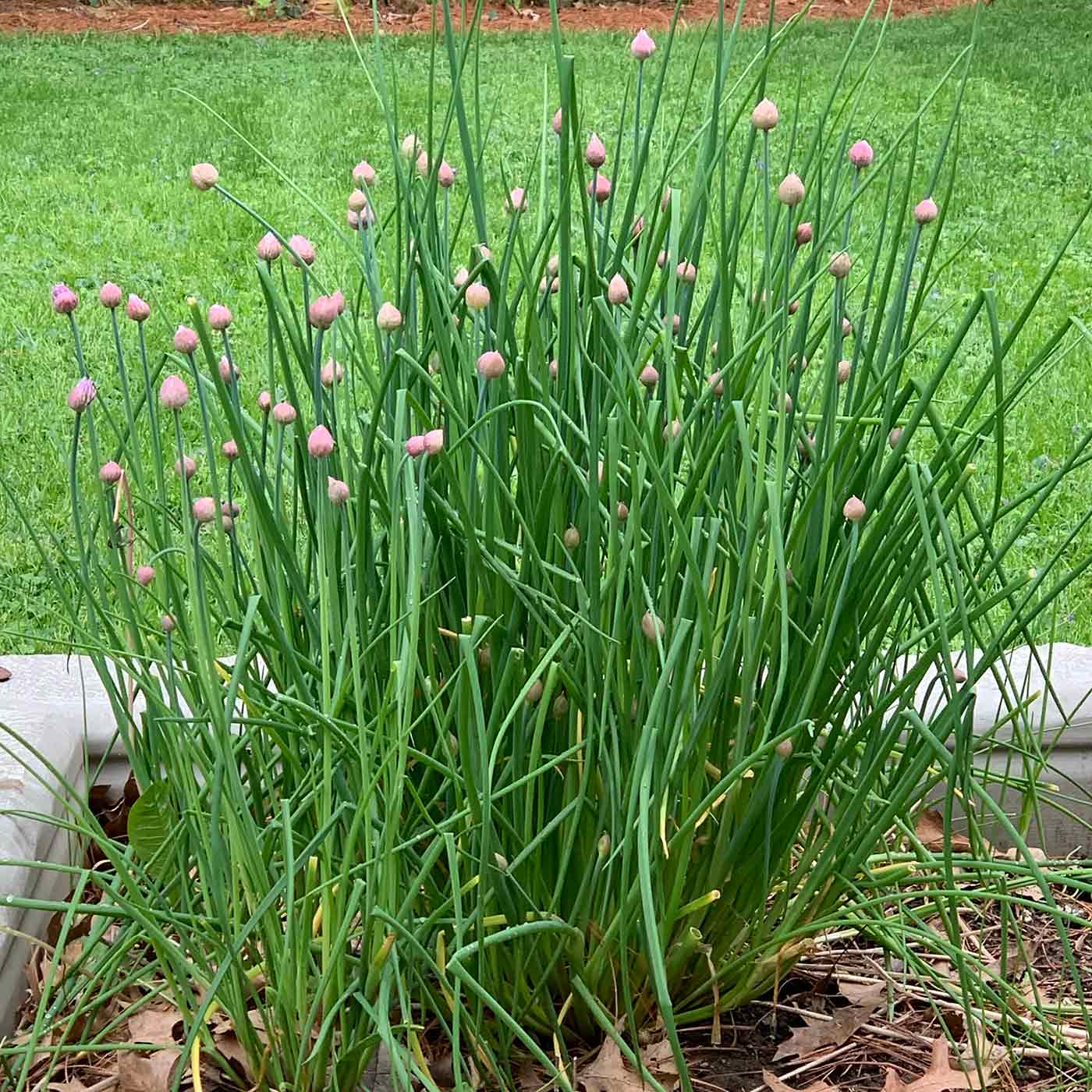
- Cucumbers. Cucumbers help to suppress weeds and improve the soil quality. They also attract beneficial insects, such as bees and butterflies.

- Peas. Peas help to fix nitrogen in the soil, which can benefit tomatoes. They also attract beneficial insects, such as ladybugs and lacewings.
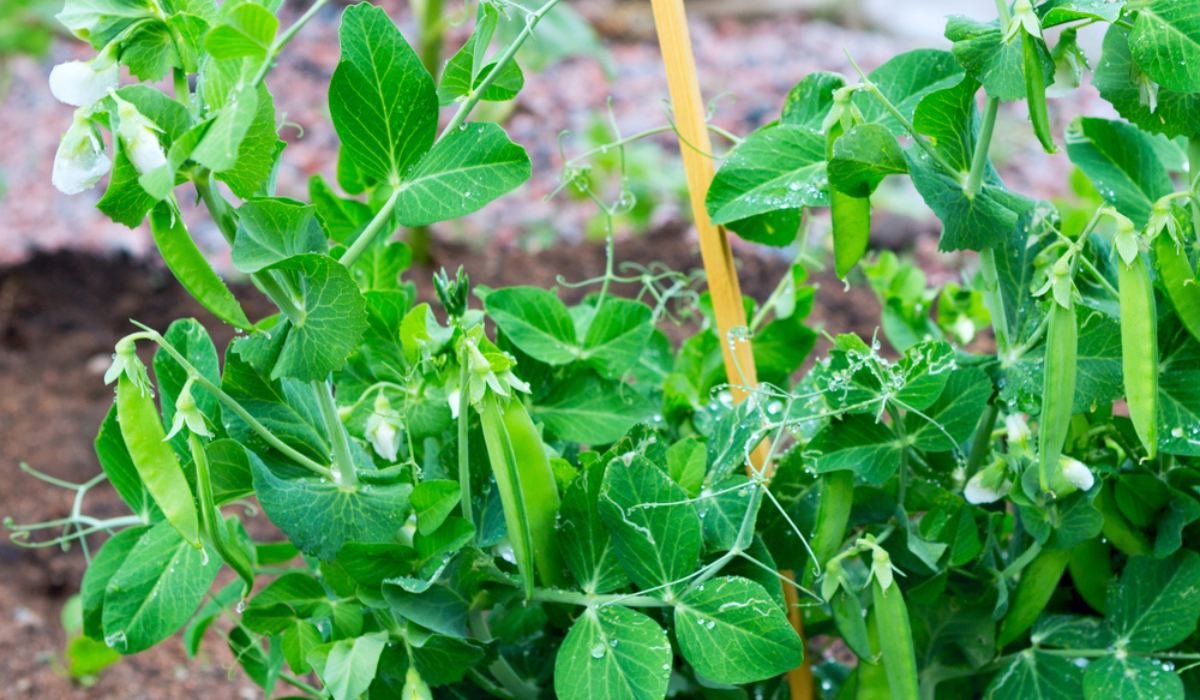
- Spinach. Spinach helps to suppress weeds and improve the soil quality. It also attracts beneficial insects, such as ladybugs and lacewings.
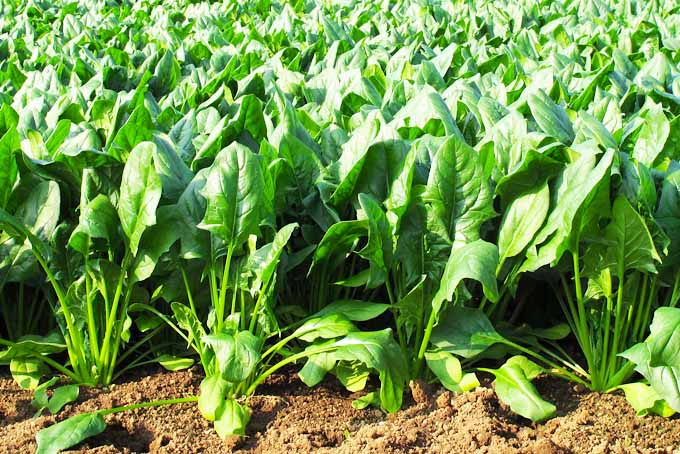
- Cilantro. Cilantro helps to repel aphids and other pests. It also improves the flavor of tomatoes.
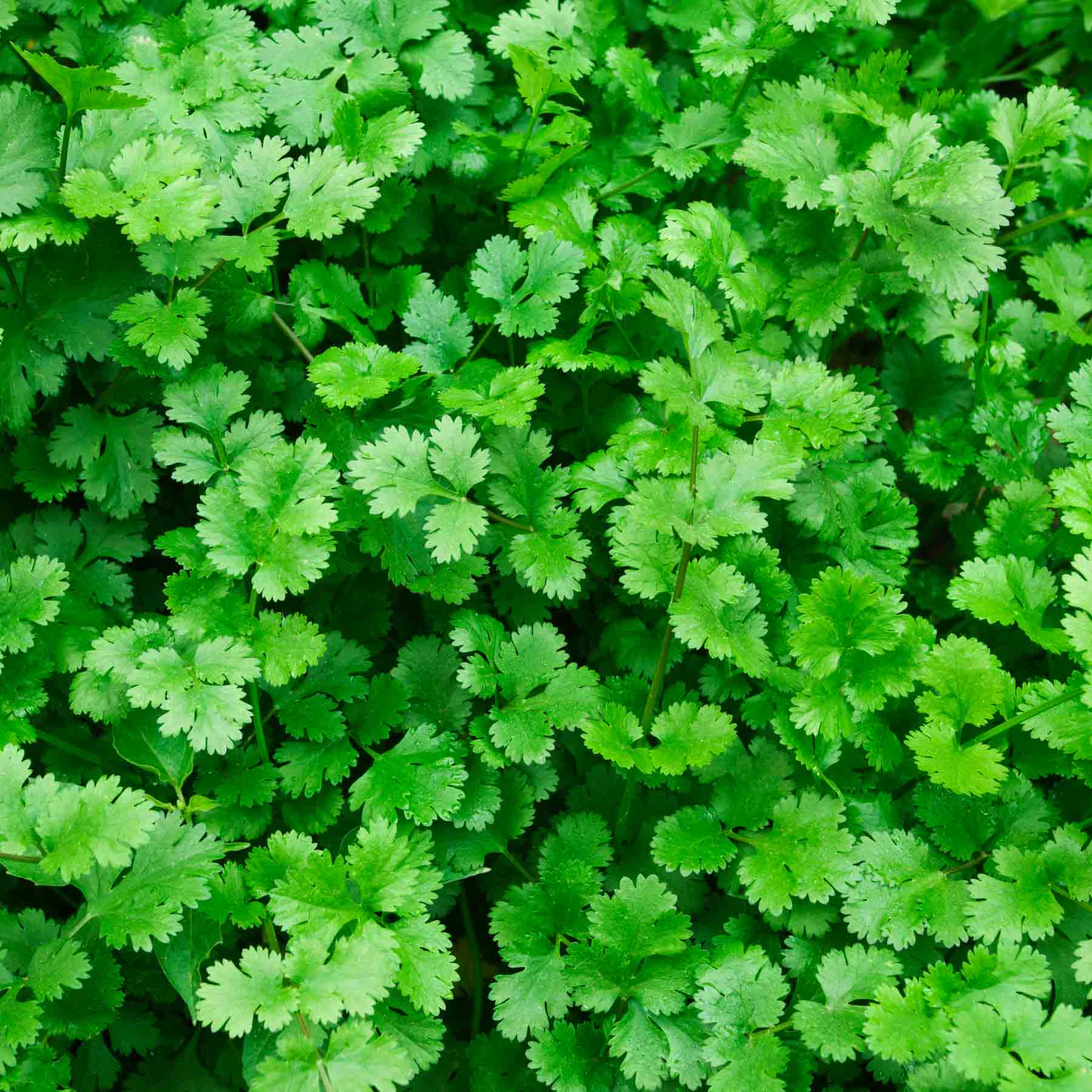
Planting and Care
When planting tomatoes with companion plants, it is important to consider the spacing requirements of each plant. Some plants, such as tomatoes, need plenty of space to grow. Other plants, such as marigolds, can be planted closer together.
It is also important to consider the sun and water requirements of each plant. Some plants, such as tomatoes, need full sun and regular watering. Other plants, such as spinach, can tolerate partial shade and less frequent watering.
With a little planning, you can easily plant tomatoes with companion plants to improve their growth and yield. By following the tips in this guide, you can create a healthy and productive garden.
Tomatoes are a versatile and delicious vegetable that can be enjoyed in many different ways. But did you know that there are certain vegetables that can help tomatoes grow better? These are called companion plants, and they can help to deter pests, improve soil quality, and even increase yields.
Some of the best companion plants for tomatoes include:
- Basil: Basil is a classic companion plant for tomatoes, and for good reason. It helps to repel pests like aphids and tomato hornworms, and it also enhances the flavor of tomatoes. Gardenia Inspiration
- Marigolds: Marigolds are another great companion plant for tomatoes. They help to repel nematodes, which are microscopic worms that can damage tomato roots.
- Chives: Chives are a good companion plant for tomatoes because they help to improve soil aeration. This allows tomatoes to take up nutrients more easily, which can lead to larger yields.
- Onions: Onions are also a good companion plant for tomatoes. They help to repel pests like root maggots and carrot flies.
- Cucumbers: Cucumbers can help to suppress weeds in the tomato patch. They also produce a substance called cucurbitacin, which can help to deter pests.
If you're looking to improve the health and productivity of your tomato plants, consider planting some companion plants. You can find more information about companion planting for tomatoes at Gardenia Inspiration.
FAQ of companion vegetables for tomatoes
What are the best companion plants for tomatoes?
Some of the best companion plants for tomatoes include:
- Basil: Basil is a classic companion plant for tomatoes. It helps to repel pests such as aphids, mosquitoes, and whiteflies. It also helps to improve the flavor of tomatoes.
- Marigolds: Marigolds help to repel nematodes, which are soil-dwelling worms that can damage tomato roots. They also attract pollinators, which help to pollinate tomato flowers.

- Chives: Chives help to repel thrips, which are small insects that can damage tomato leaves. They also help to improve the flavor of tomatoes.

- Nasturtiums: Nasturtiums help to attract beneficial insects, such as ladybugs and lacewings, which prey on tomato pests. They also help to deter rabbits and deer from feeding on tomatoes.

- Borage: Borage helps to attract pollinators, such as bees and butterflies, which help to pollinate tomato flowers. It also helps to improve the flavor of tomatoes.
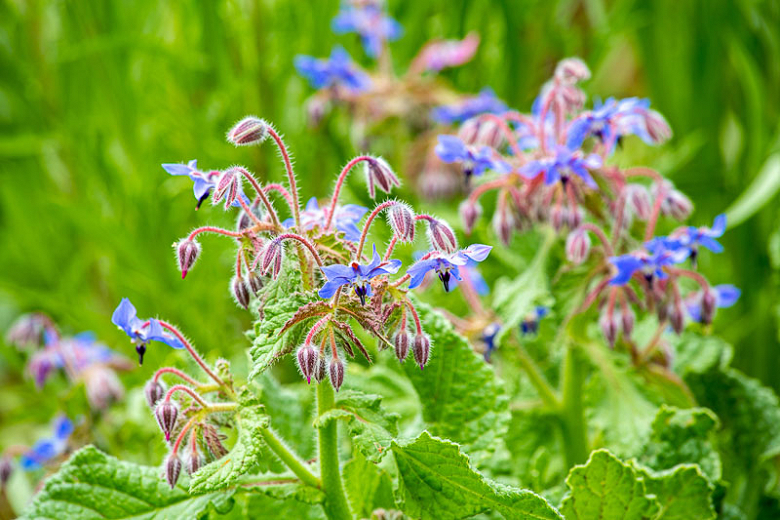
What vegetables should not be planted near tomatoes?
Some vegetables that should not be planted near tomatoes include:
- Brassicas: Brassicas, such as broccoli, cabbage, and cauliflower, can compete with tomatoes for nutrients and water. They can also attract pests that are common to both tomatoes and brassicas.

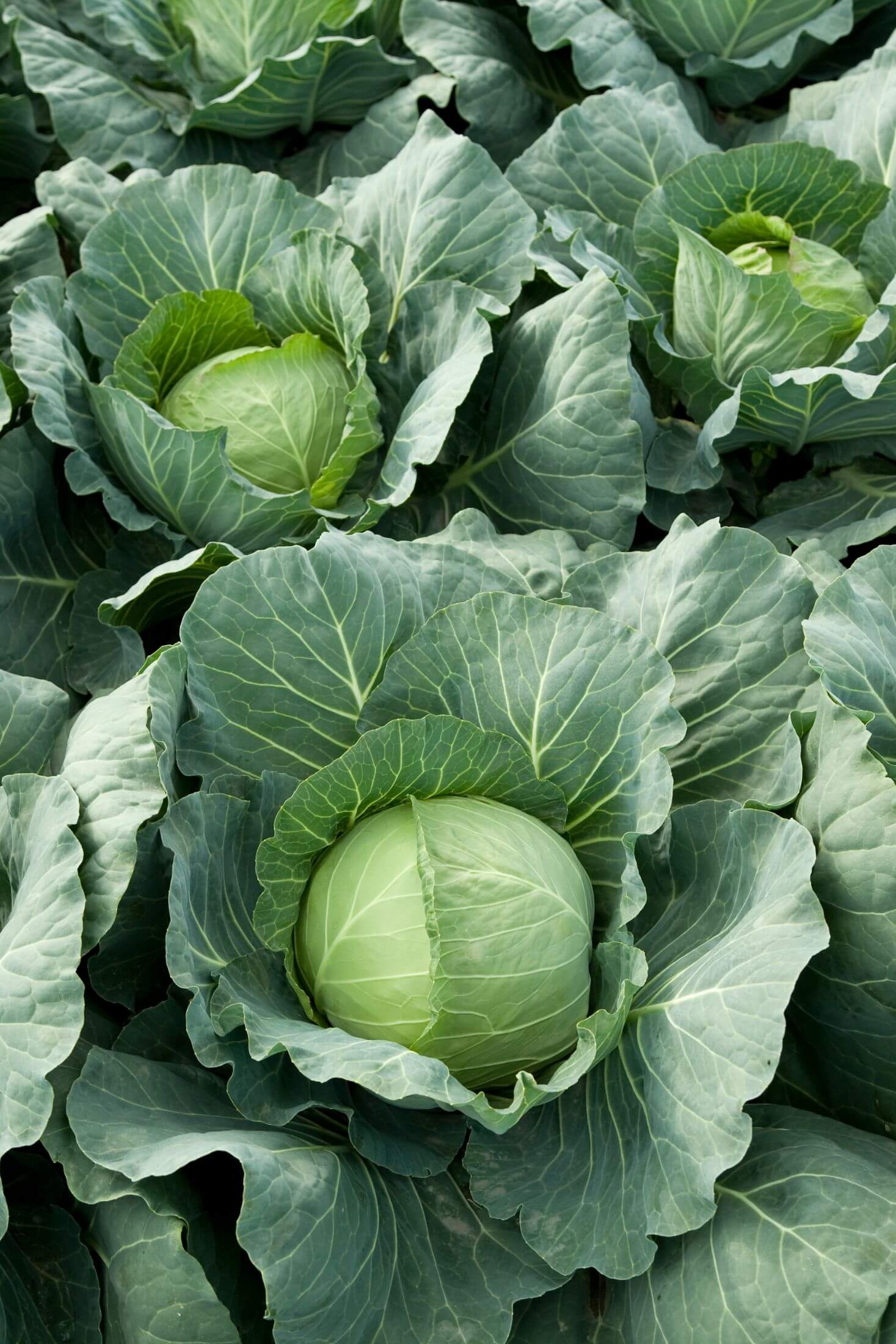
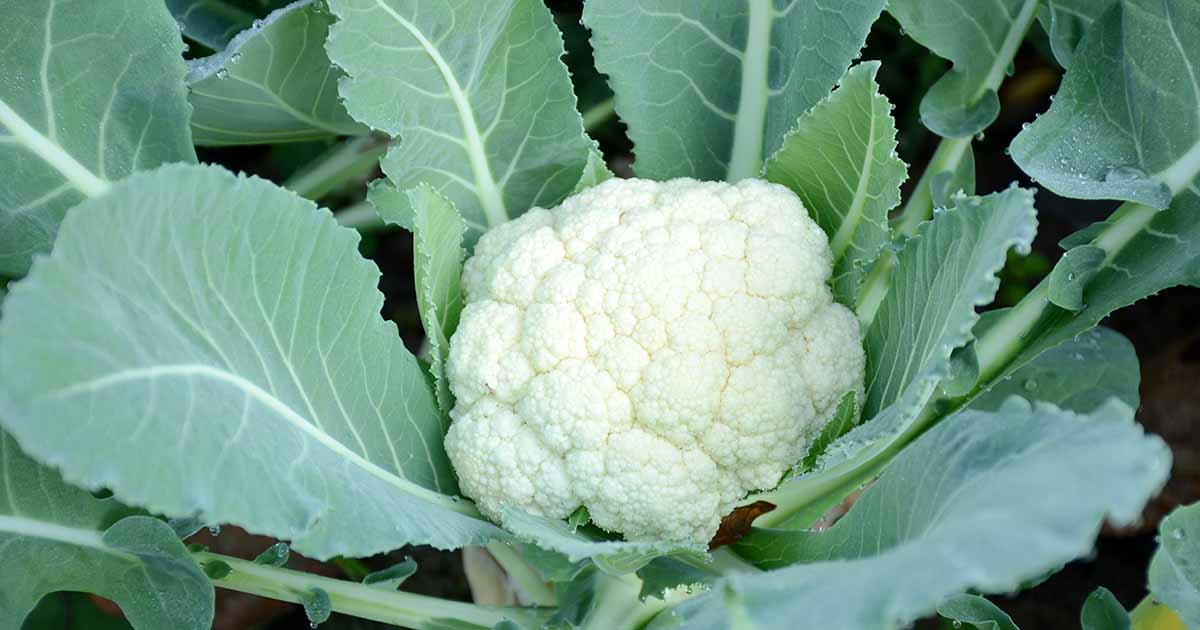
- Fennel: Fennel can release a chemical that can stunt the growth of tomatoes.
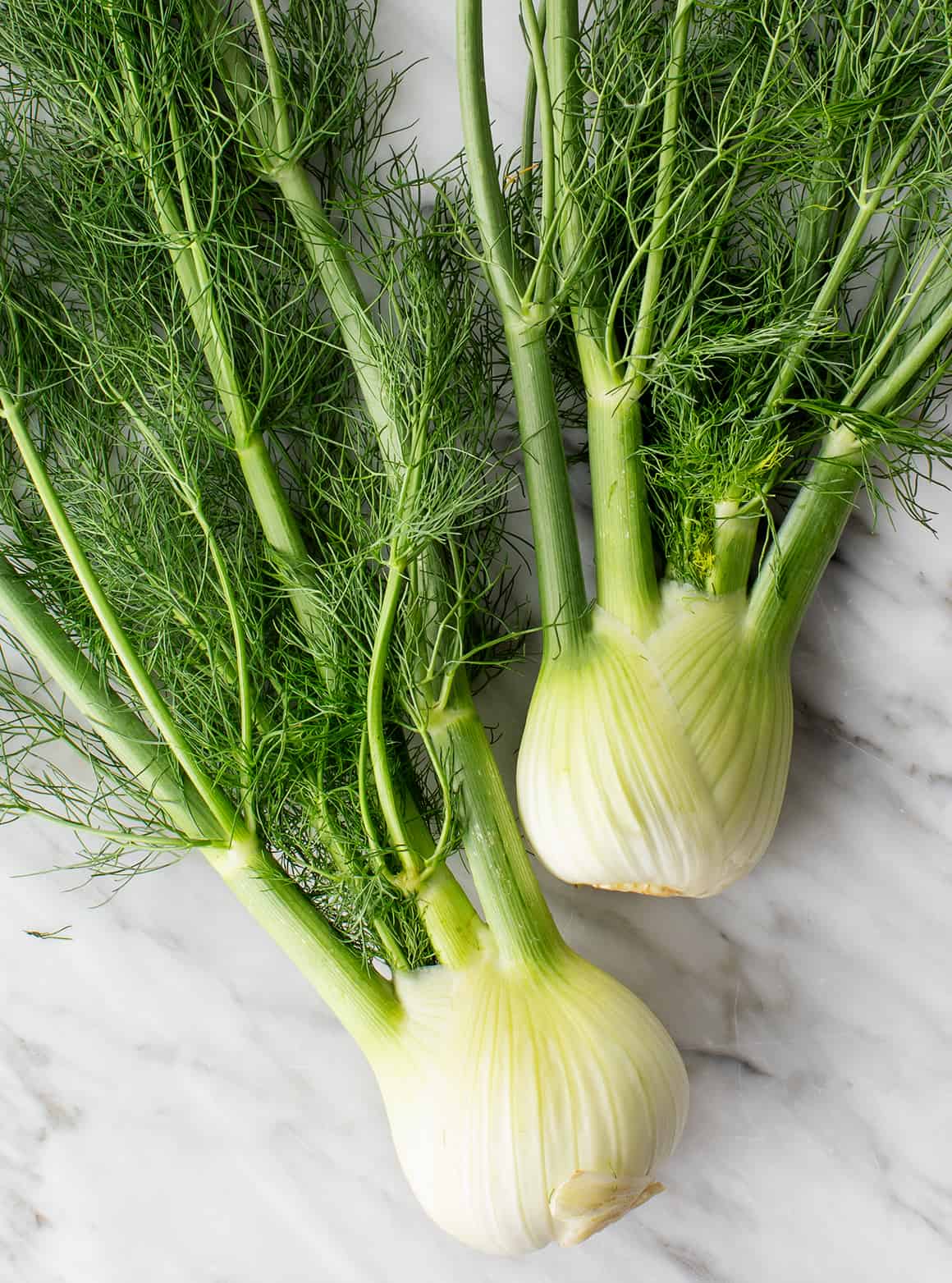
- Potatoes: Tomatoes and potatoes are both members of the nightshade family, and they can share the same pests and diseases. Planting them together can increase the risk of these problems.

How far apart should tomatoes be planted?
Tomatoes should be planted at least 2 feet apart. This gives them enough space to grow and spread their roots. If you are planting determinate tomatoes, which are smaller and bushier plants, you can plant them closer together, about 18 inches apart.
How much water do tomatoes need?
Tomatoes need about 1 inch of water per week. However, the amount of water they need will vary depending on the climate and the type of soil they are planted in. If the soil is sandy, tomatoes will need more water than if the soil is clay.
Image of companion vegetables for tomatoes
Here are 5 different images of companion vegetables for tomatoes from Pinterest:
- Basil: Basil is a classic companion plant for tomatoes. It helps to repel tomato hornworms and other pests.
- Cucumbers: Cucumbers and tomatoes are both heavy feeders, so they benefit from being planted together. They also help to shade each other from the sun.
- Herbs: Many herbs, such as mint, rosemary, and thyme, can help to repel pests and attract beneficial insects to your tomato plants.
- Marigolds: Marigolds are another classic companion plant for tomatoes. They help to repel nematodes, which are a type of soil-dwelling pest that can damage tomato roots.
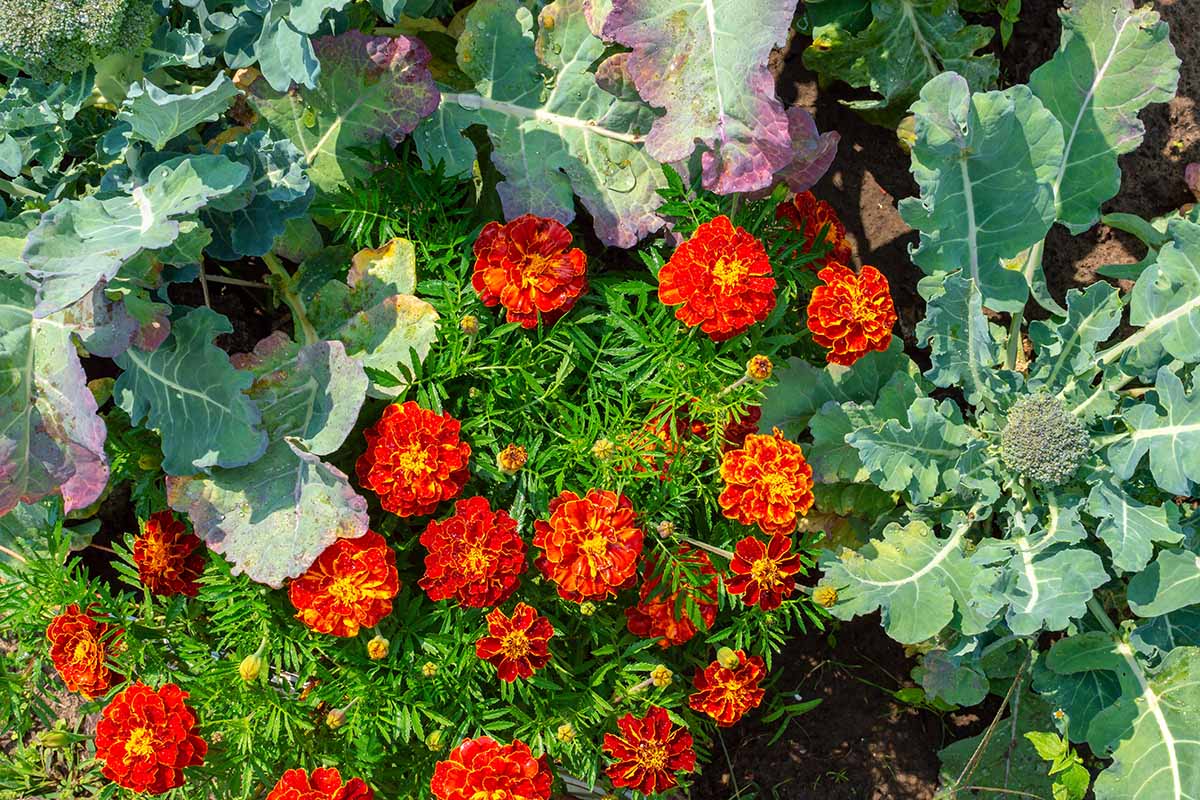
- Onions and garlic: Onions and garlic have strong scents that can repel pests such as aphids, tomato hornworms, and whiteflies.
Post a Comment for "The Ultimate Guide To Companion Planting Tomatoes"